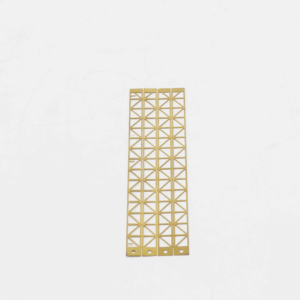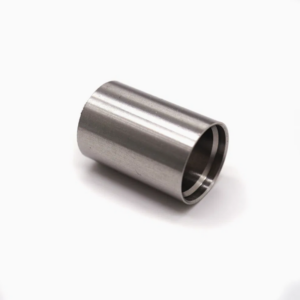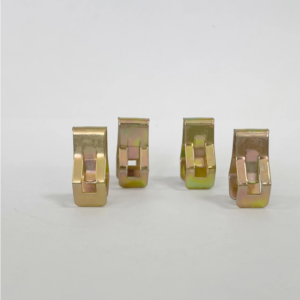When it comes to manufacturing high-performance metal components, selecting the right forming process is crucial to achieving the desired product quality, cost-efficiency, and production speed. The challenge lies in choosing between different techniques, each with its own strengths and limitations. Among the most widely used methods for shaping metal parts are Metal Injection Molding (MIM) and Deep Drawn Stamping (DDS), both of which are capable of producing highly intricate components at high throughput. But how do you decide which is the best fit for your specific project? At Topmetalstamping, we specialize in providing tailored metal forming solutions, and in this blog, we’ll take a closer look at both MIM and DDS, outlining their advantages, limitations, and key considerations to help you choose the right process for your needs.
Understanding Metal Injection Molding (MIM)
Metal Injection Molding (MIM) is an advanced manufacturing technique that combines the benefits of plastic injection molding with metal forming. This process involves mixing metal powders with a binder material to form a feedstock, which is then injected into a mold to create precise, complex parts. After injection, the binder is removed, and the metal part is sintered at high temperatures to achieve its final form. This method is ideal for creating small, highly detailed components that require intricate shapes and tight tolerances.
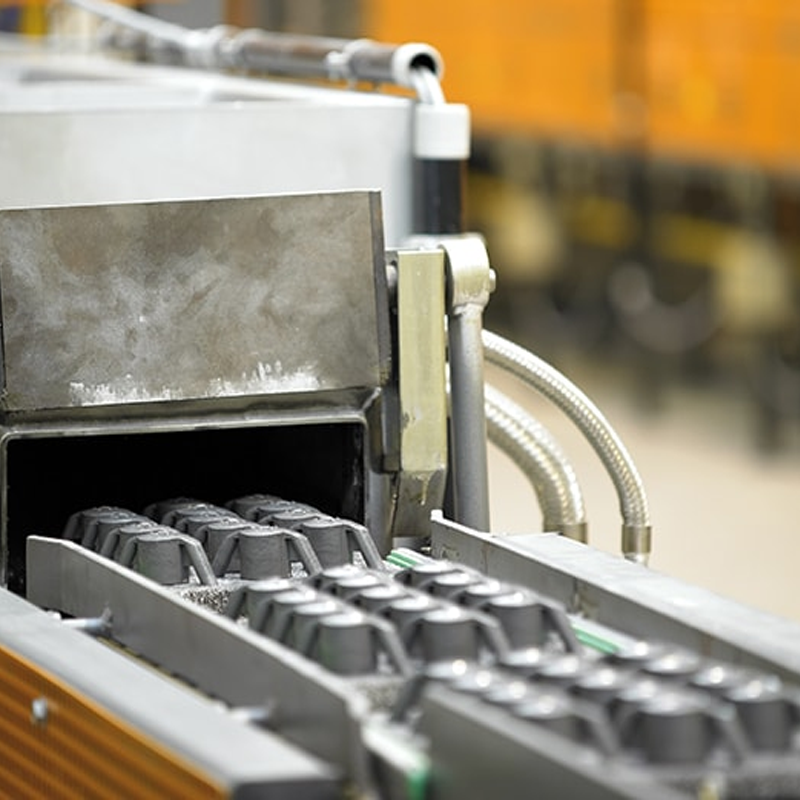
Advantages of MIM:
- Cost-Effective for Small Parts: MIM is especially advantageous for producing small, high-volume parts at a low cost per unit. Once the mold is created, parts can be produced rapidly, making it a highly efficient solution for large production runs.
- Complex Geometries: MIM allows for the creation of complex shapes, such as threads, fins, and undercuts, that would be challenging to achieve with other methods.
- Minimal Waste: Since MIM uses molds, material waste is minimal compared to traditional casting or machining processes.
- Versatility in Alloys: MIM is capable of processing a wide range of metal alloys, including stainless steel, titanium, and even powdered metals.
Limitations of MIM:
- Porosity: One of the main challenges with MIM is that parts can have small pores due to the sintering process, which can impact the material’s strength and finish.
- Tooling Costs: The creation of the injection mold can be expensive, and the tool life can be relatively short, which can be a limiting factor for very high-volume projects.
- Size Limitations: MIM is generally used for smaller components, and it may not be suitable for larger, bulkier parts.
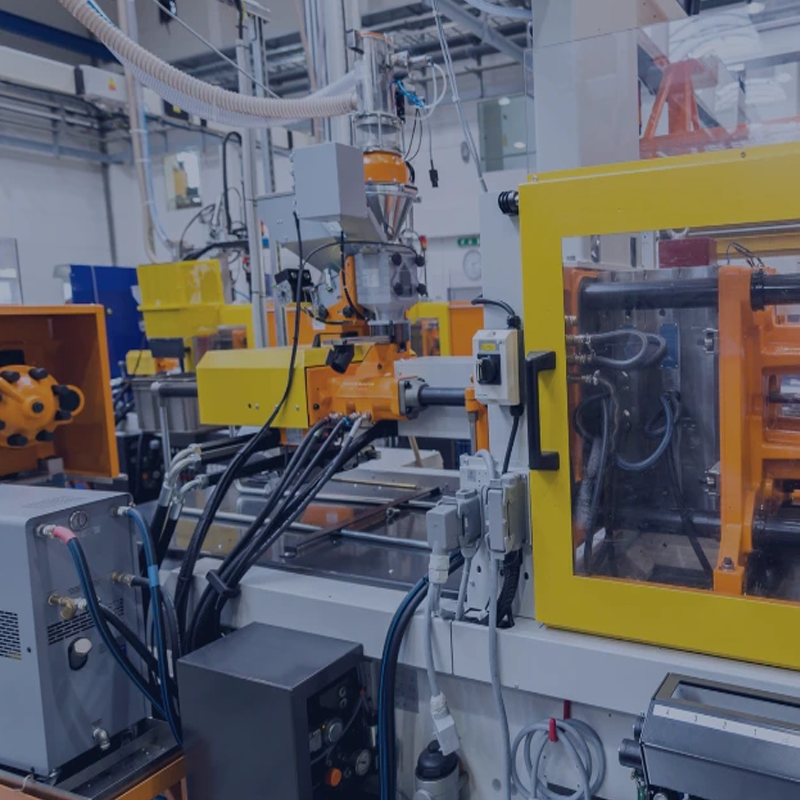
Exploring Deep Drawn Stamping (DDS)
Deep Drawn Stamping (DDS) is a cold-forming process that involves using custom dies to shape metal sheets into desired forms through compression and stretching. This technique is widely used for manufacturing parts that have uniform thickness, are dimensionally precise, and feature complex geometries. The material is placed in a die and then punched or stamped to form the part. DDS is capable of producing large quantities of metal parts with high consistency and precision.
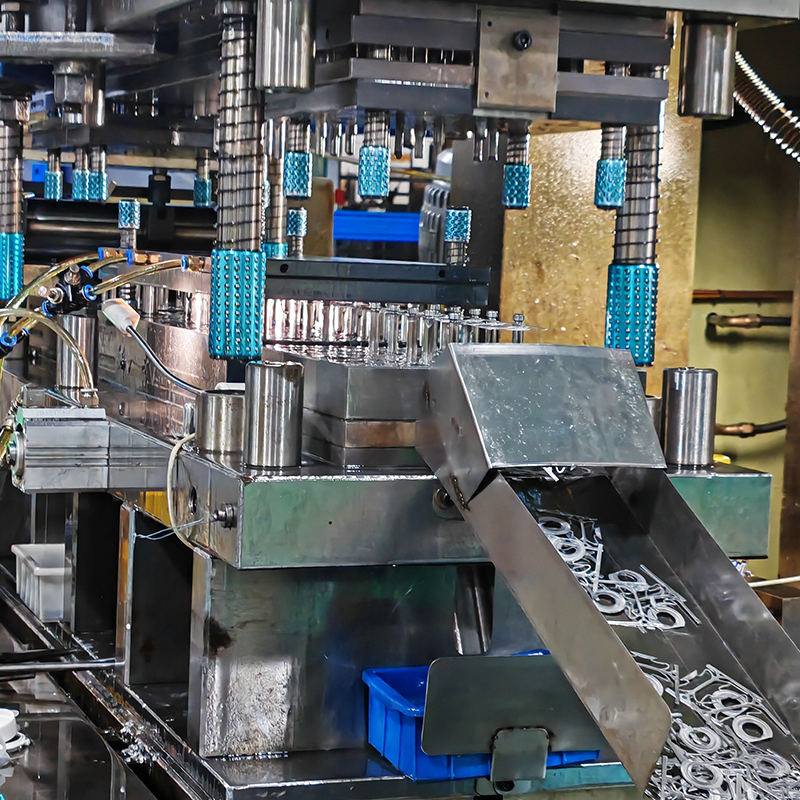
Advantages of DDS:
- High Throughput: DDS is an extremely efficient method for mass-producing parts, with high-speed capabilities that make it ideal for large-volume production runs.
- Tool Life: The dies used in DDS are typically long-lasting and durable, which makes this method more cost-effective for long-term production.
- Perfect for 3D Shapes: DDS excels in producing three-dimensional shapes, especially parts that are taller than they are wide, such as automotive components or housing structures.
- Material Flexibility: DDS can accommodate a wide variety of metals, including high-strength alloys and superalloys, which gives it a distinct advantage in industries that require specialized materials, such as aerospace or medical devices.
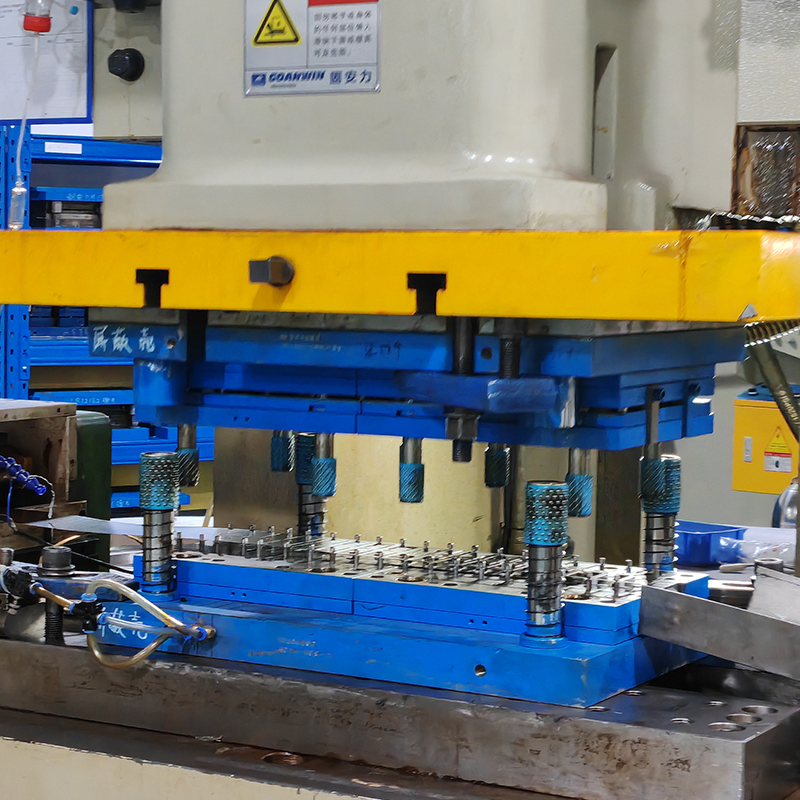
Limitations of DDS:
- Initial Setup Costs: While the per-part cost for high-volume runs is low, the initial tooling costs for custom dies can be significant.
- Material Waste: Since the process involves stamping, some material may be wasted, especially if the design requires intricate cuts.
- Not Ideal for Complex Features: While DDS is great for creating 3D shapes, it is not as effective at forming very fine features like threads or internal holes, which would require additional post-processing.
Key Considerations When Choosing Between MIM and DDS
When deciding between Metal Injection Molding and Deep Drawn Stamping for your project, several factors must be considered, including the complexity of your part, the volume of production, the material properties required, and your budget.
MIM Is Best For:
- Small Parts with Complex Geometries: If you need to produce parts with intricate details, such as small holes, threads, or internal features, MIM is a great choice.
- Low-Volume Runs with High Precision: MIM is well-suited for situations where you need high precision but don’t require massive quantities of parts.
- Parts with Tight Tolerances: MIM is known for its ability to produce parts with tight dimensional tolerances, making it ideal for applications where precision is critical.
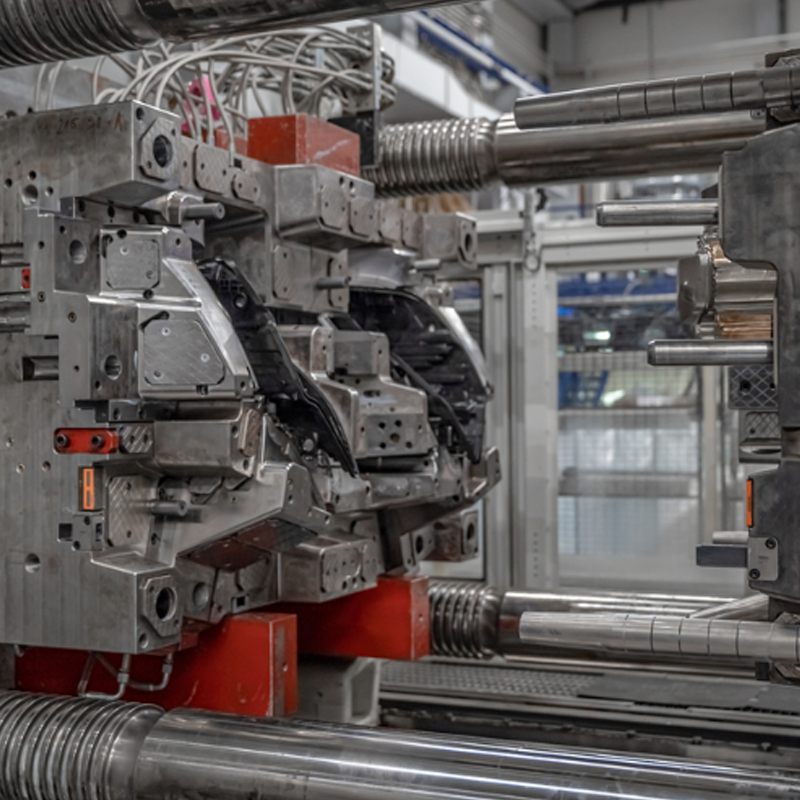
DDS Is Best For:
- Larger Parts and 3D Components: If your project requires parts that are taller than they are wide, or parts with complex 3D shapes, DDS is likely the better option.
- High-Volume Production: DDS is ideal for high-throughput applications where a large quantity of identical parts must be produced quickly and at a low per-unit cost.
- Parts with Uniform Thickness: Deep drawn stamping is great for parts that need to be formed from sheet metal with consistent thickness throughout.
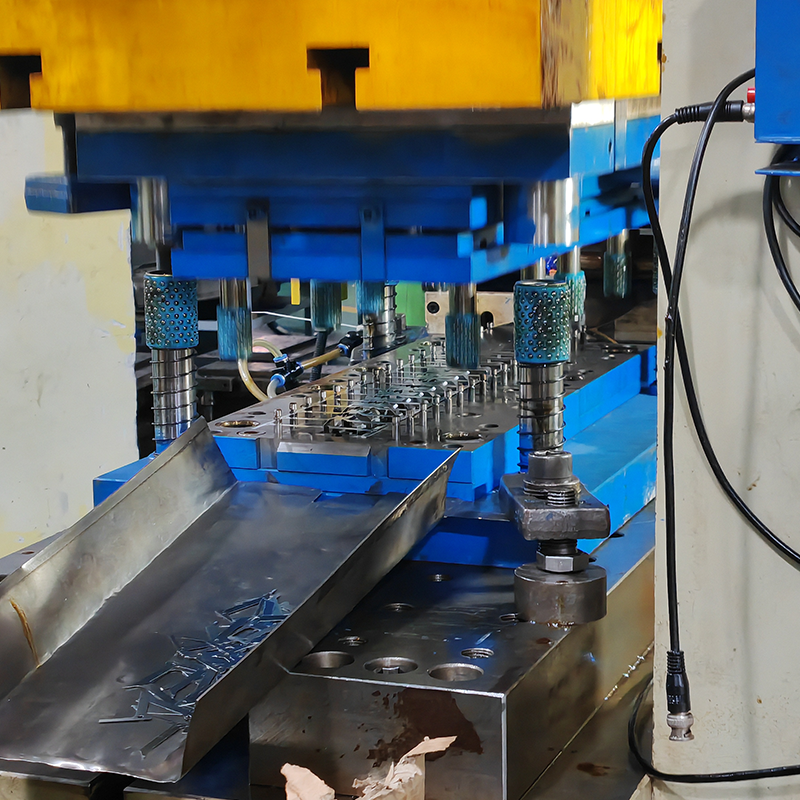
Making the Right Decision for Your Project
At Topmetalstamping, we understand that choosing the right metal forming process can be challenging. That’s why our team of experts is here to guide you through every step of the process. Whether you’re looking to produce small, intricate parts with Metal Injection Molding or large, high-throughput parts with Deep Drawn Stamping, we have the expertise and technology to help you achieve your goals.
Our extensive experience in both MIM and DDS allows us to evaluate your specific project requirements and recommend the best solution for your needs. We take into account factors such as part complexity, material selection, production volume, and cost considerations to ensure that you receive the most efficient and cost-effective solution.
Why Choose Topmetalstamping?
Topmetalstamping is a leader in custom metal forming solutions, specializing in Deep Drawn Stamping and offering expertise in Metal Injection Molding. Our state-of-the-art equipment and dedicated team allow us to handle projects of any size and complexity, delivering exceptional results on time and within budget. We work closely with our clients to ensure that every project meets their exact specifications, from the initial design phase to the final production.
If you’re ready to start your next metal forming project, contact us today. Our team of in-house experts will be happy to discuss your needs and help you choose the ideal metal forming process for your application. Let Topmetalstamping provide you with the precision, quality, and service you deserve.

